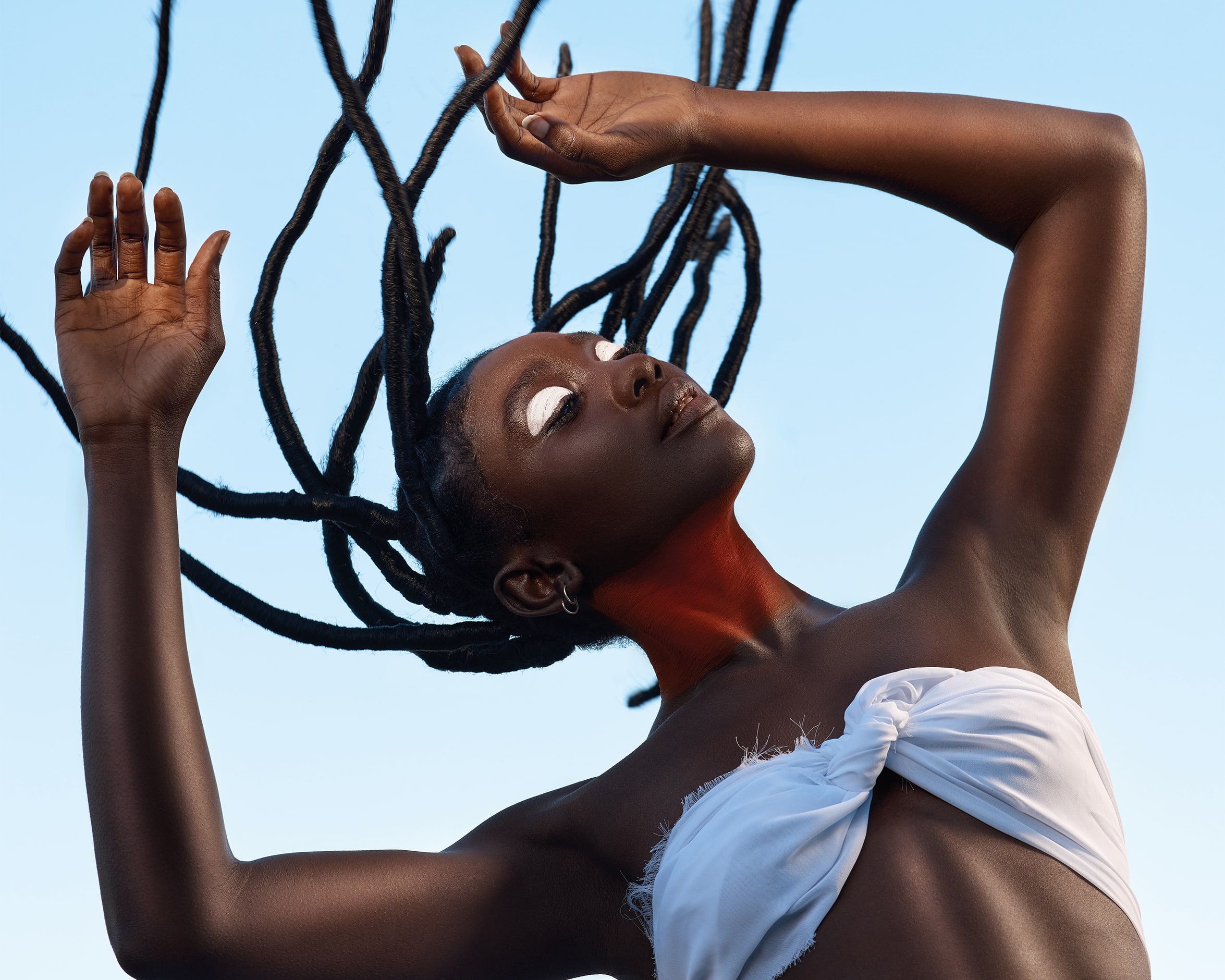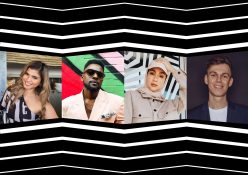In the arts, culture and heritage sector, there are numerous vibrant careers. These are our top four picks – and the people who are killing it in their roles.
The arts, culture and heritage sector intertwines creativity, new ideas, tradition and history through diverse expressions such as visual arts, literature, music and craftsmanship. It preserves cultural legacies, fosters innovation and promotes cross- cultural dialogue, shaping collective consciousness and guiding us towards a more inclusive future of self-expression and understanding. In the case of some, practitioners have showcased SA’s culture and creativity to the world.
Choreographer
Dance serves as a powerful means of storytelling and expression, reflecting community. The integration of European and American elements into South African dance has diminished its African roots. However, traditional dance has played an important role in the dance we enjoy today.
Zoyi Muendane and Eugene Baloyi were employed as choreographers for The Woman King (2022), introducing and breaking down popular South African steps for the cast members. In addition to teaching how to do the dances, Zoyi and Eugene offered valuable insights into African dance, giving the performers context. Despite being overlooked, South Africa keeps its dance heritage alive through continued practise, and it has crossed borders and continents.
Street Artist
Street art or graffiti, once seen as vandalism, is gaining recognition as a legitimate art form. Commonly seen on buildings and bridges, it makes art accessible to the wider public, especially those without access to galleries. Wall art is most common and usually made with spray paint. Murals – large-scale pieces covering the sides of big buildings – are done in vibrant colours. Apart from paint, other media used include adhesive stickers, wheat-paste posters, yarn bombing on trees, installations and sculptures.
Street art conveys social and political messages, fosters community and revitalises urban areas. Falko One’s mural in Joburg of an elephant helping another climb a wall delivers a simple message of helping others overcome obstacles. Street art has a long history of protest against apartheid, with one of the most well-known pieces being the District Six mural in Cape Town, depicting scenes in the neighbourhood before the forced removals, and has been restored after it was destroyed in the 1970s. Street art transforms urban environments and engages the public in meaningful discourse.
Curator
Curators play a vital role in South Africa’s richly diverse cultural landscape by planning and organising art exhibitions, predominantly at public viewing sites like museums or galleries. They can play a key role in ‘discovering’ or promoting otherwise unknown artists. The field is highly competitive and job security is slim – it’s mostly freelance or contractual work. South Africa has more than 300 museums and 100 theatre venues. Gabi Ngcobo, with over two decades of experience, has been involved in artistic, curatorial and educational initiatives nationally and globally. this includes at institutions like the KwaZulu-Natal Society of the Arts and the Johannesburg Art Gallery. She co-founded the Centre for Historical Re-Enactments and the collaborative platform NGO (Nothing Gets Organised).
In August 2023, Gabi shared insights from her career journey at the IQOQO Sessions, a series of nine inspiring talks, describing tough decisions, collaborative approaches and fostering more inclusivity. Beginning her career at a time when black schools lacked arts education, Gabi has been instrumental in creating opportunities for black creatives.
Art Director
Art directors oversee and manage the visual aspects of a wide range of projects, including films, video games, advertisements, publications and websites. They ensure that the project’s artistic vision is communicated effectively, guiding the project from planning through to execution.
Sunny Dolat, co-founder of Next Collective, explores intersections between aesthetics and communities. One of his most-notable projects is Not African Enough, a book delving into contemporary Kenyan fashion and broader discussions about Africa’s role in global cultural dialogues.
Fumani Khumalo is a versatile creative who has collaborated with leading brands, exploring various creative avenues before assuming his role as art director at VML, renowned worldwide for its creative excellence. VML has contributed to impactful campaigns like Vodacom’s #HearingChallenge and Unilever’s #ChangeTheAngle – both addressing significant issues in society.
Popular Street Artists:
- Falko One – Cape Town
- Skubalisto – Cape Town
- Nardstar* – Cape Town
- Faith47 – Joburg
- Karabo Poppy Moletsane – Joburg
- Dbongz – Joburg
Words by: Sahrah Enous
Photo: Gallo/Getty Images







